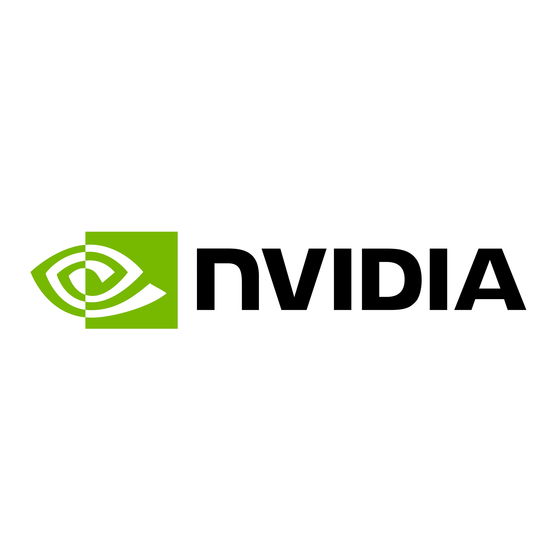

Nvidia ConnectX-5 User Manual
Infiniband/vpi adapter card
Hide thumbs
Also See for ConnectX-5:
- User manual (2740 pages) ,
- Hardware installation (8 pages) ,
- User manual (97 pages)








Need help?
Do you have a question about the ConnectX-5 and is the answer not in the manual?
Questions and answers